6 Vintage Cookware Items That Aren’t Safe to Use Anymore
Vintage cookware can be a great find, but not all pieces are safe for modern use. Some older items were made with materials that have since been linked to health risks. If you are using vintage cookware, it is important to check for certain hazards. Many older pans contain materials that can leach into your food over time.
This post may contain affiliate links, which helps keep this content free. Please read our disclosure for more info.
Cast Iron Cookware with Lead-Based Enamel
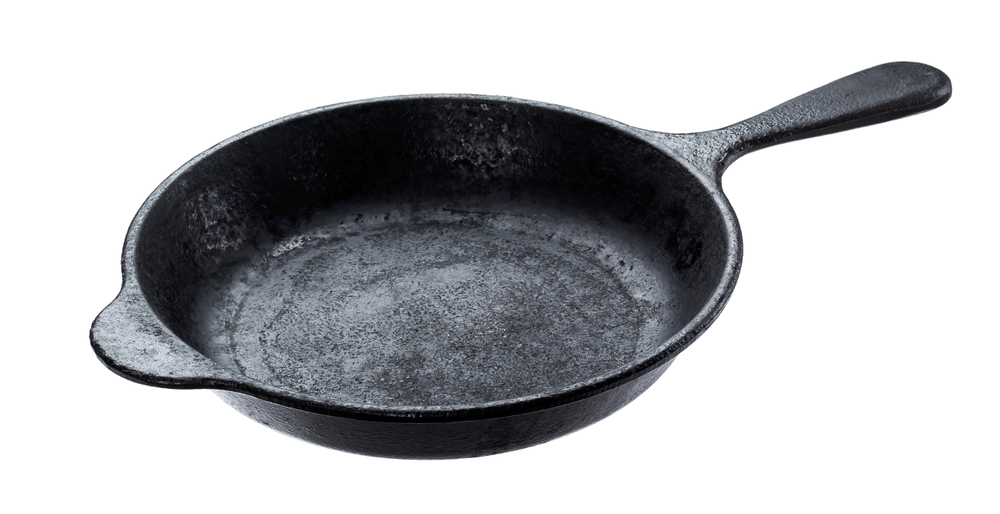
Cast iron cookware with a brightly colored enamel coating was popular in the mid-20th century. However, some of these enameled pieces were made using lead-based glazes, which can be harmful. Lead can leach into food when the cookware is heated, posing serious health risks, especially for children. If you own any vintage enameled cast iron, it is best to avoid using it for cooking.
The dangers of lead poisoning are well-documented, and even small amounts can be harmful. The bright colors on these pieces, while attractive, were often achieved with lead, which has since been banned in cookware. If you are unsure whether your piece contains lead, it is best to retire it or have it tested. Safety should always come first when dealing with vintage cookware.
Aluminum Cookware from the 1950s and 1960s
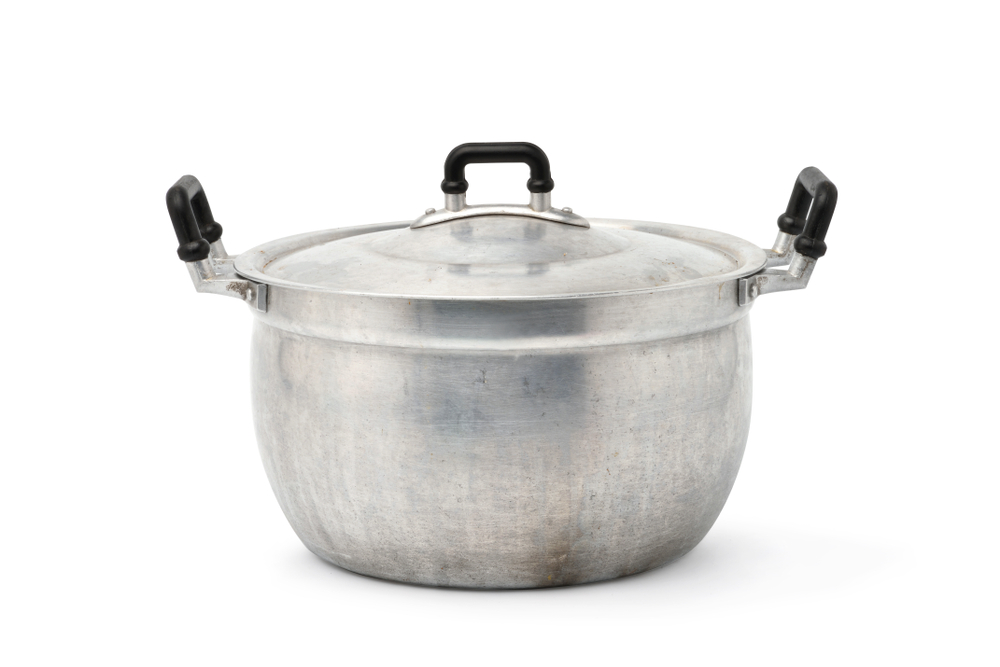
Vintage aluminum cookware was once the go-to for affordable, lightweight kitchenware. However, many pieces from the 1950s and 1960s were produced with low-quality materials. Over time, aluminum can react with acidic foods, causing potential health issues. This reaction can release harmful chemicals into your food, making it unsafe for regular use.
Aluminum cookware has also been linked to various health concerns, particularly when it is worn out or scratched. Older cookware may have worn coatings, which increase the risk of these reactions. It is safer to replace vintage aluminum with modern, non-reactive alternatives. Even if your cookware looks fine, the hidden risks may outweigh its usefulness.
Teflon-Coated Cookware from the 1970s-1980s
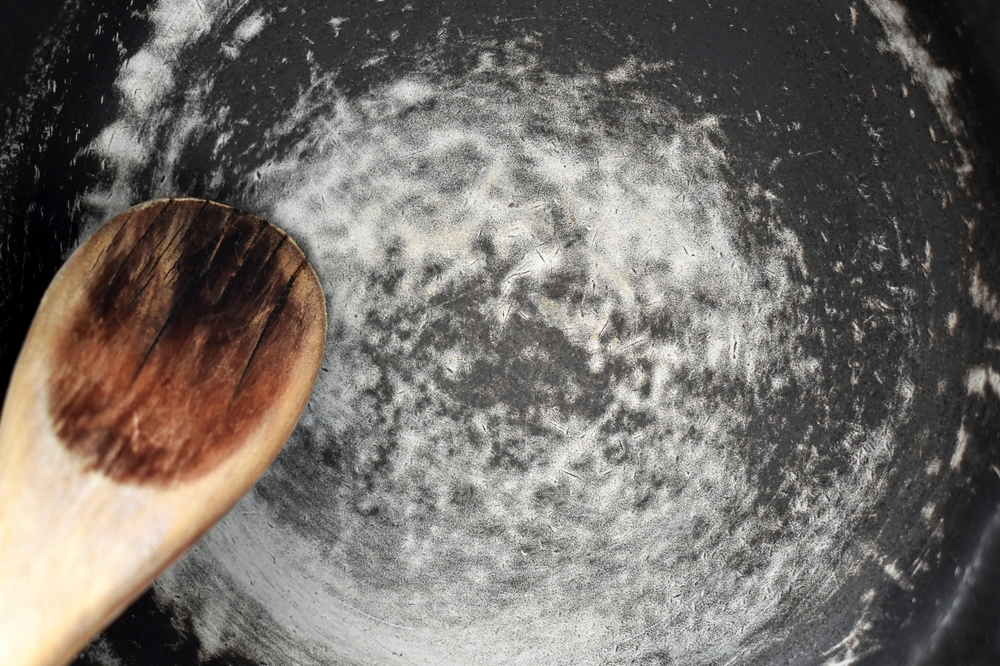
In the 1970s and 1980s, Teflon-coated pans became a household staple due to their non-stick properties. However, the non-stick coating was often made with perfluorooctanoic acid (PFOA), a toxic chemical linked to cancer. When heated, Teflon can break down and release harmful fumes that can cause respiratory problems. Due to these health risks, Teflon-coated cookware from this era is no longer safe to use.
Many manufacturers have since removed PFOA from their products, but older cookware remains a danger. Even if the coating appears intact, the risks from previous manufacturing processes are still present. For your health and safety, it is best to dispose of vintage Teflon cookware and replace it with safer non-stick alternatives. Modern non-stick pans are made without harmful chemicals, providing peace of mind.
Copper Cookware with Lead or Tin Linings
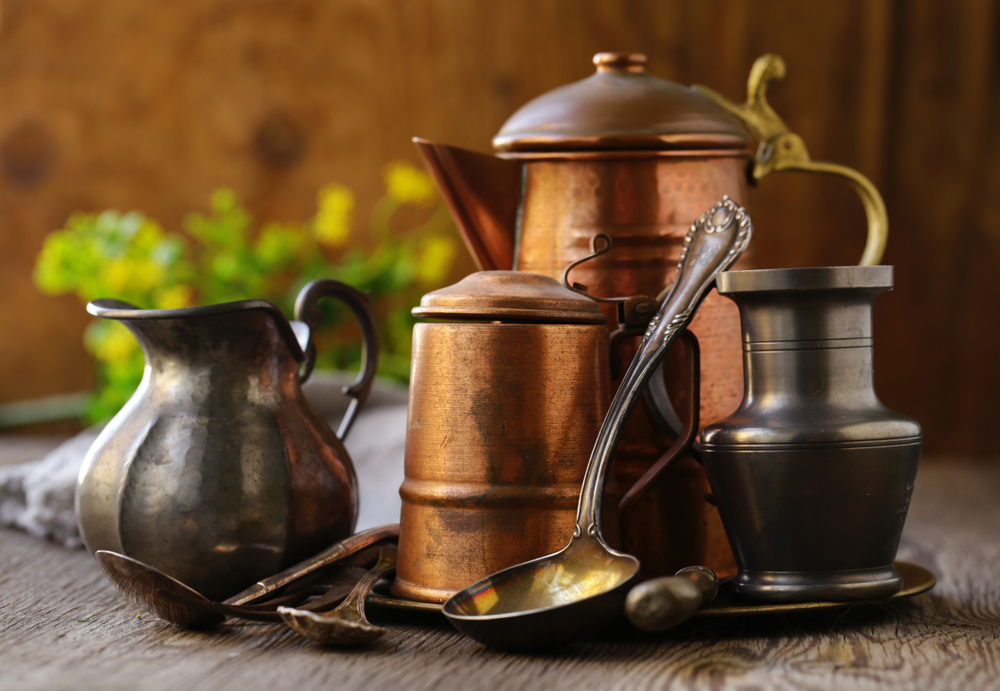
Copper cookware has long been valued for its superior heat conductivity. However, many vintage copper pots and pans were lined with lead or tin, which can be toxic when used in cooking. Lead, in particular, can leach into food, especially when exposed to high heat. If you have vintage copper cookware, it is essential to check whether it has a lead or tin lining.
The toxicity risk of these linings is significant, as lead exposure can cause long-term health issues. Modern copper cookware uses stainless steel linings, which are safe for cooking. If your copper cookware has a lead or tin lining, it is safer to retire it. Consider displaying it as a decorative piece rather than using it in the kitchen.
Vintage Pyrex Cookware with Uranium
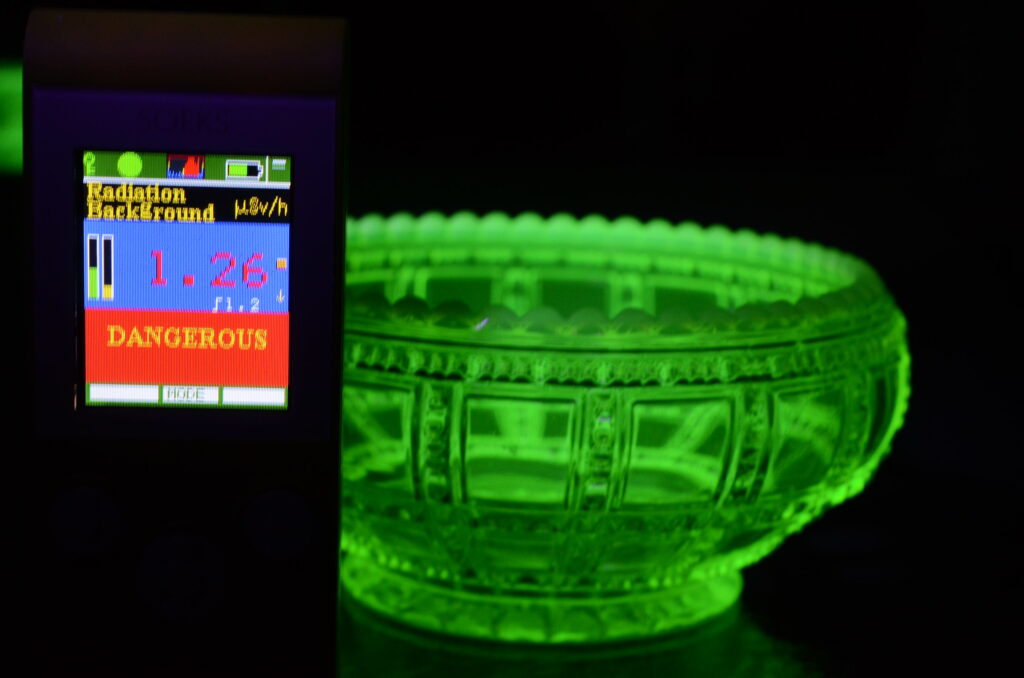
Some vintage Pyrex cookware from the 1940s and 1950s was made with uranium glass, which glows under black light. While not all uranium-containing glassware is hazardous, prolonged exposure to the radiation it emits can be harmful. Though uranium was once used to create the bright green color, it has since been banned in cookware for safety reasons.
Using uranium glass cookware is not advised, as it poses a radiation risk, especially with frequent use. Though the radioactive properties of these pieces may seem minimal, it is better to be cautious. If you have any uranium glassware, keep it as a collectible or decorative item, but do not use it for cooking. Modern Pyrex cookware is made with safe materials, offering durability and safety without the risks.
Enamel-Coated Cookware with Non-Stick Surfaces
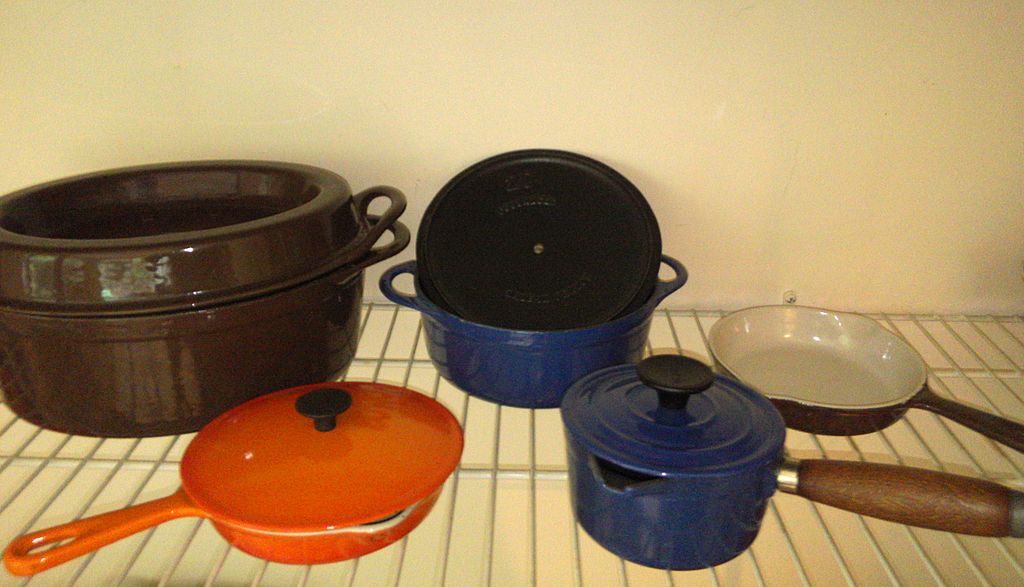
Vintage enamel-coated cookware, especially those with non-stick surfaces, often contained harmful chemicals like perfluorooctanoic acid (PFOA). These chemicals are now known to be toxic when exposed to high heat, and using cookware with such coatings can pose serious health risks. The enamel coating on vintage items often degrades with age, releasing harmful particles into food.
The deterioration of the non-stick surface increases the risk of these chemicals leaching into food, especially with frequent use. If you have any vintage enamel-coated cookware with non-stick coatings, it is advisable to stop using it. Modern enamel-coated cookware uses safer materials, ensuring that you can cook without the health risks of older models. Always check for any signs of wear or cracks before using vintage cookware.
This article originally appeared on Avocadu.
